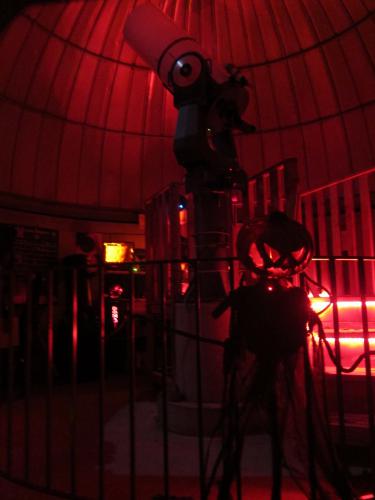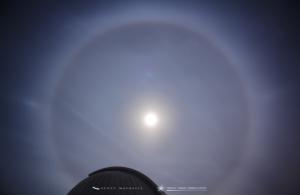Halloween Happenings - October 30, 2020
This coming Sunday, November 1, 2020 at 2:00 am, New England returns to Eastern Standard Time. This is when we set our clocks back one hour. A good mnemonic to remember which way to adjust your clock is: “In fall, fall back one hour. In spring, spring ahead one hour.” In 2020 this is happening on Halloween, which allows an extra hour of night time for the ghouls and goblins that are out for the witching hour, or perhaps another hour of sleep for those staying out of the cold. Regardless, remember to set your clocks back one hour before going to bed on Halloween night.
On Halloween, Saturday, October 31, 2020 at 10:51 am, the second Full Moon of October will occur. In modern times, we consider this a Blue Moon, though it wasn’t always thought of that way. Additionally, this second Full Moon will give October back its chance at having the Hunter’s Moon. This all comes down to how the Solar System aligned for October 2020. Starting with the first Full Moon of October 2020, which happened on October 1st at 5:07 pm, and ended up being the closest Full Moon to the Autumnal Equinox (9:31 am September 22, 2020). The closest Full Moon to the Equinox is called the Harvest Moon, though the October Full Moon is called the Hunter’s Moon. Since we have two Full Moons happening this October, we can easily call the first occurrence the Harvest Moon, and Saturday’s occurrence the Full Hunter’s Moon. But what is all this about a Blue Moon?
A Blue Moon has two separate definitions. The modern definition states that any month with two Full Moons, will consider the second Full Moon the Blue Moon. But this isn’t how it always was. Historically, a Blue Moon was considered the third Full Moon in a season with four Full Moons. Using the historical definition, Halloween’s Full Moon doesn’t make the cut, since Autumn 2020 only has three Full Moons. The reason for conflicts in the definition of a Blue Moon comes down to an article that was published in the March 1946 issue of Sky and Telescope magazine that erroneously stated the second Full Moon in a month was a Blue Moon. By this definition, a Blue Moon can happen during any month except February. Regardless, the erroneous definition stuck. So now a Blue Moon is not all that rare. What has caught on in recent years is attempts to add as many monikers to the Full Moon as possible. So here is our attempt: Step outside tomorrow night and celebrate Halloween with the Full Blue Hunter’s Halloween Cross-Quarter-Day End-of-DST Moon, and raise a candy bucket for all of that!
Have a Happy Halloween from all the astro-geeks at Frosty Drew Observatory!
- Author:
- Scott MacNeill
- Entry Date:
- Oct 30, 2020
- Published Under:
- Scott MacNeill's Columns



